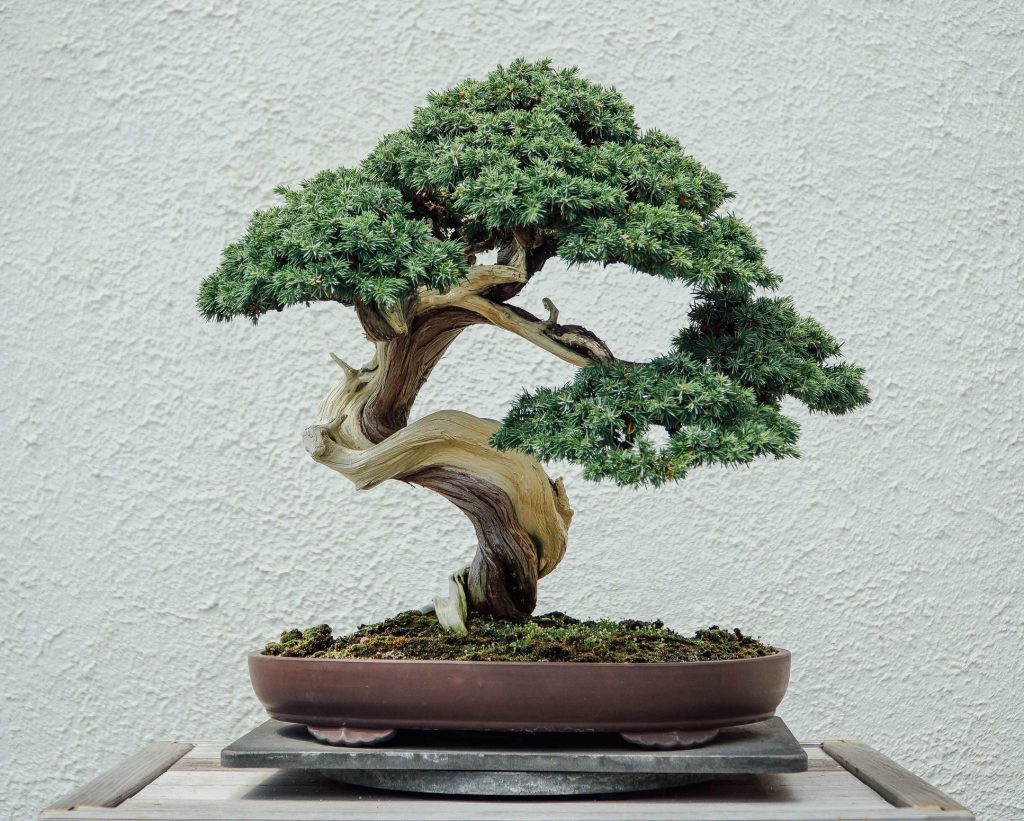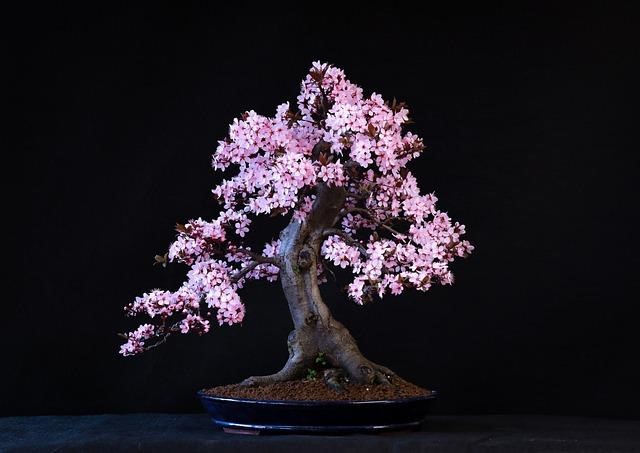What’s The Best Season to Do Bonsai Tree Upkeep?
The best season to do bonsai tree upkeep is spring or summer. During these seasons, there is major growth and the tree actively responds to care and maintenance techniques.
I’ve experienced many differences depending on which Bonsai tree upkeep program I’m undertaking.
In spring, you can focus on activities like pruning and repotting, while in summer, you can provide regular watering and fertilization to help your bonsai thrive.
These seasons are ideal for bonsai tree upkeep as they align with the natural growth patterns of the trees and provide optimal conditions for their health and vitality.
Following these seasonal practices will help you take good care of your bonsai tree.
What Season Is Best For Bonsai Tree Upkeep?
Spring and early summer are the best seasons for bonsai trees as major growth occurs during this time. In high summer, the tree becomes dormant due to the heat, and in early autumn, fruit is produced and growth stabilizes.
Bonsai trees require regular maintenance and care, including watering, fertilizing, and providing adequate light. Indoor bonsai trees, which are usually tropical or semi-tropical species, need constant temperature and humidity along with regular watering.
Most bonsai should be placed outdoors to experience the natural seasons. Only tropical and subtropical plants can survive indoors.
Spring: The Ideal Season For Bonsai Pruning And Repotting
Spring is considered the ideal season for bonsai pruning and repotting. During this time, bonsai trees are coming out of their dormant phase and entering a period of major growth. The weather conditions are favorable for root development and the tree’s energy is focused on producing new foliage.
The Benefits Of Repotting During Spring
Repotting your bonsai tree during spring offers several benefits. Firstly, it allows you to refresh the potting soil, providing the tree with fresh nutrients and improving its overall health. Additionally, repotting helps stimulate root growth, which is crucial for the tree’s long-term vitality.
By repotting in spring, you give the bonsai ample time to recover and establish itself before the heat of summer arrives. This ensures that the tree is well-established and can withstand the stress of summer conditions.
Tips For Successful Pruning And Repotting In Spring
When pruning and repotting your bonsai tree in spring, there are a few important tips to keep in mind:
- Use sharp and clean bonsai pruning tools to make precise cuts, ensuring minimal damage to the tree.
- Remove any dead or diseased branches, as well as any overly crowded areas to promote better airflow and light penetration.
- When repotting, choose a pot slightly larger than the previous one to allow for future growth. Trim back the roots to encourage branching and prevent tangling.
- After repotting, water the tree thoroughly and place it in a shaded area for a few days to minimize stress.
- Monitor the tree’s progress closely and adjust watering and fertilizing as needed, keeping in mind that spring growth requires more water and nutrients.
Remember, each bonsai tree is unique, so it’s essential to research and understand the specific needs of your tree species to ensure successful pruning and repotting.

Factors To Consider When Choosing The Best Season For Bonsai Upkeep
When it comes to bonsai tree upkeep, choosing the right season is crucial for the health and development of your trees. Factors such as climate and regional considerations, species-specific requirements, and personal preferences and goals as a bonsai enthusiast all play a role in determining the best season for bonsai maintenance.
Climate And Regional Considerations
One of the key factors to consider when deciding the best season for bonsai upkeep is your climate and regional conditions. Different bonsai species thrive under different climate conditions, and it’s important to understand the specific needs of your trees. For example:
- Tropical and subtropical bonsai trees generally require more attention and care during the winter months when they are brought indoors to protect them from frost.
- Deciduous bonsai trees, on the other hand, go dormant during the winter and require less maintenance until spring when they start to regain their growth.
Species-specific Requirements
Understanding the specific requirements of the bonsai species you have is essential in determining the best season for upkeep. Each species has its own unique care needs, and this includes specific timing for tasks such as:
- Watering: Some bonsai trees require more frequent watering during hot summer months, while others may need less water during their dormant period in winter.
- Repotting: Most bonsai trees benefit from repotting in early spring to allow for root growth and development, but some species may have different repotting needs.
- Pruning and Wiring: Knowing the optimal time for pruning and wiring is crucial to maintaining the desired shape and structure of your bonsai. For example, pruning flowering bonsai trees should be done in spring to encourage more flowers to bloom the following year.
Personal Preferences And Goals
As a bonsai enthusiast, your personal preferences and goals should also be taken into account when choosing the best season for bonsai upkeep. Some individuals may prioritize certain aspects, such as:
Seasonal aesthetics: Maintaining your bonsai trees in spring and early summer allows you to witness their major growth and vibrant foliage.
Fruiting and flowering: If you are eager to see your bonsai produce fruits or flowers, paying attention to the specific seasons that promote these developments is crucial.
Bonsai shows and exhibitions: If you plan to participate in bonsai shows or exhibitions, timing your bonsai upkeep to align with these events can help showcase your trees at their best.
Considering all these factors in conjunction will help you determine the best season for bonsai tree upkeep, ensuring the health and development of your trees while aligning with your personal preferences and goals.
Are Bonsai Trees Seasonal?
Bonsai trees are not seasonal in the same way that many outdoor plants and crops are, as they are not directly tied to the changing seasons.
Instead, the care and maintenance of bonsai trees often depend on the specific needs of the tree species, as well as the local climate.
While bonsai trees can be kept indoors year-round, they may still experience seasonal growth patterns. Some species may go through periods of dormancy, typically during the winter months, during which they require less water and sunlight.
Other species may continue to grow slowly throughout the year, with adjustments made to their care based on their growth stage and the local climate.
Are Bonsai Trees High Maintenance?
Bonsai trees require regular maintenance. They need to be watered, fertilized and receive plenty of light. It’s best to place them outdoors, except for tropical and subtropical species that can be kept indoors. Overall, with proper care, Bonsai trees can thrive.
What Are The Best Conditions For A Bonsai Tree?
The best conditions for a bonsai tree depend on its species and location. Generally, bonsai trees need lots of light, constant temperature and humidity, regular watering, and well-drained soil.
Most bonsai should be outdoors to experience the natural seasons, while tropical and subtropical species can be kept indoors. Regular maintenance like pruning, wiring, and repotting should also be done according to the specific needs of the tree.
Should I Take Care Of My Bonsai Tree Indoors Or Outdoors?
Most Bonsai should be placed outdoors to experience the natural seasons. Indoor care is for tropical and subtropical trees that thrive in stable temperatures.
Conclusion
The best season to do bonsai tree upkeep depends on various factors such as your location and the specific tree species you have. Spring and summer are generally the periods of active growth and maintenance for bonsai trees. During these seasons, you can focus on tasks like watering, placement, repotting, and pruning.

